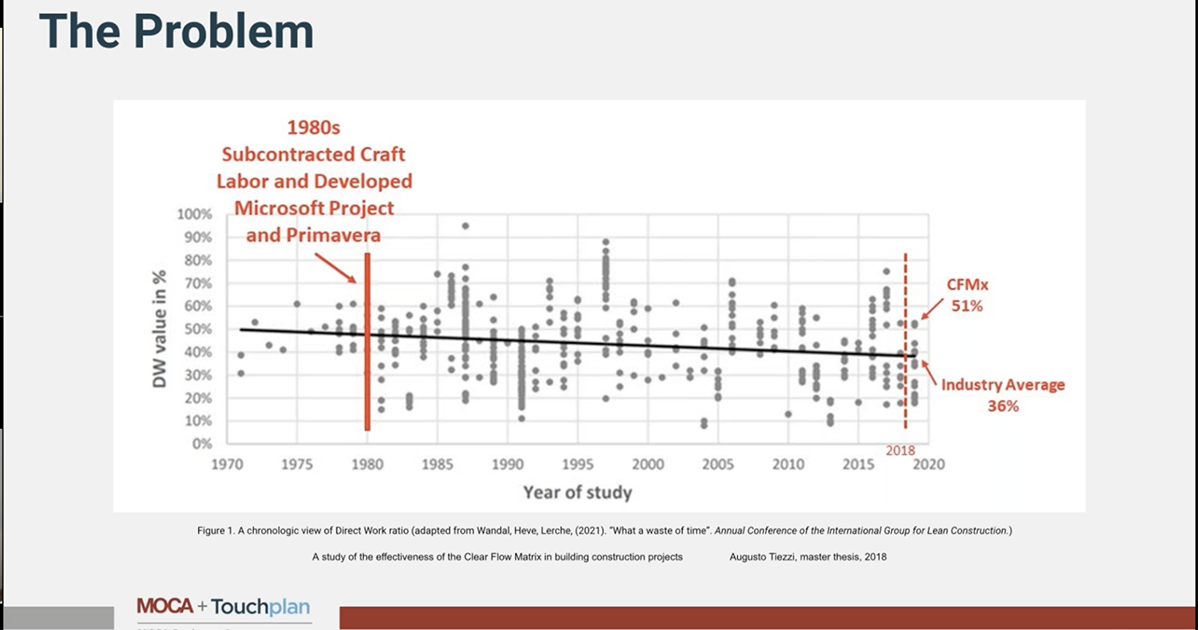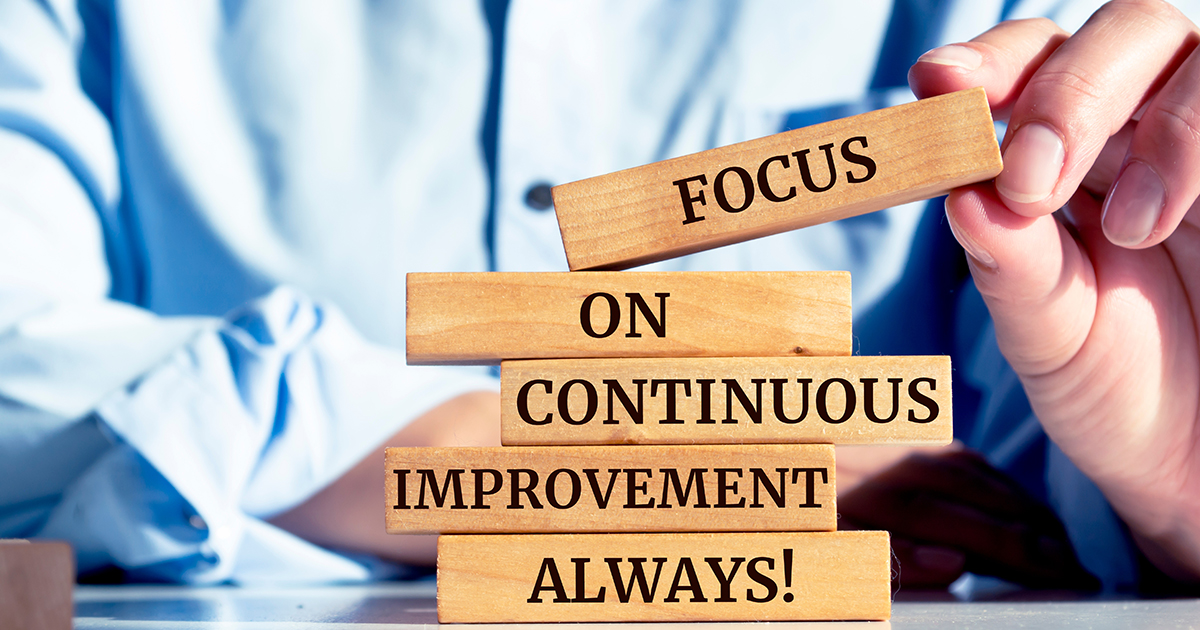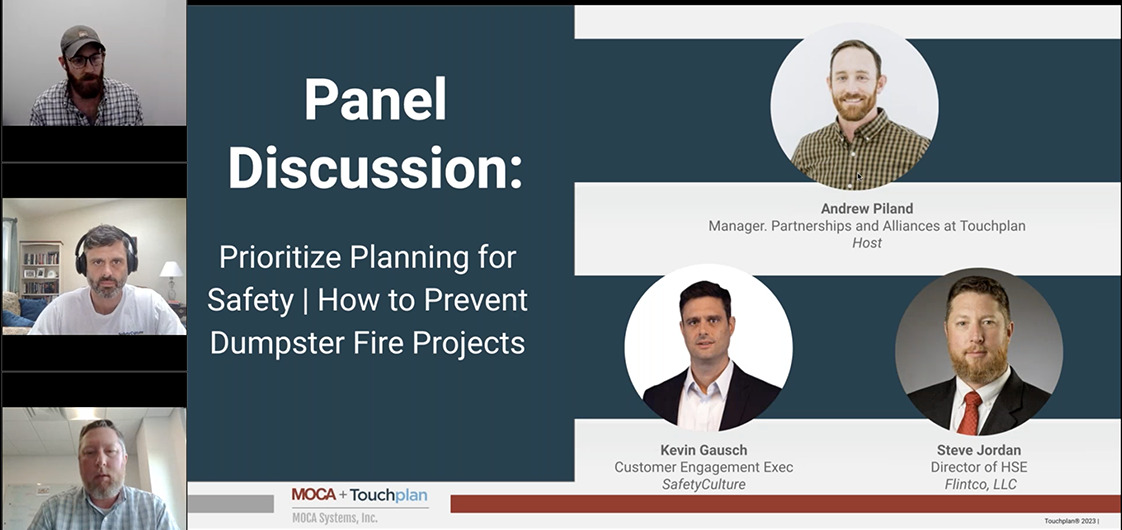By Dr. Anthony Kenneson-Adams, FInstLM., Director of Knowledge & Learning, Project7 Consultancy
For far too long, particularly in industry, ‘soft’ skills have been seen as the responsibility of HR while the operations department, maintenance, logistics, finance etc. concentrate on the ‘hard’ skills that generate value.
As somewhat of a disruptor I take a contrary view.
Firstly, why spend any time at all on soft skills if they do not contribute to the bottom line?
Secondly, if they do contribute to the bottom line then all leadership should become expert in these soft skills and not abdicate the responsibility to HR.
It is my considered view based on 40 years’ experience that there is a ‘hard’ edge to ‘soft’ skills that is a force multiplier for success, profitability, OEE etc. that not only maximizes the potential of our business through our people, but also improves the lives of the most value-added resource in our business and that is an engaged and empowered work force.
Now whilst soft skills may not be easily quantifiable, they have a significant impact on a leader’s effectiveness and an organization’s profitability. So here is my overview of the ‘hard’ edge to ‘soft’ skills and their measurable impacts:
- Emotional Intelligence: Emotional intelligence refers to the ability to understand and manage one’s own emotions and those of others. Leaders with high emotional intelligence can build strong relationships, resolve conflicts, and motivate their teams effectively. Studies show that emotionally intelligent leaders foster higher employee engagement, reduce turnover rates, and improve overall team performance. Studies have also shown that Emotional Intelligence (EI) is directly correlated with promotion and building team success whereas Intelligence Quotient (IQ) shows no correlation with promotion or success.
- Active listening: Effective communication skills are crucial for leaders to convey ideas, expectations, and goals clearly. That said, focus on active listening, rather than talking, really listen and act on what people are saying rather than on what you think they are saying. We must give respect and quality time to each other and that starts with robust active listening.
- Psychological Safety: Promoting psychological safety as a leadership soft skill is crucial for creating an environment where individuals feel comfortable expressing their ideas, taking risks, and being their authentic selves. This will not happen by accident, but it can be nurtured as part of a positive culture that shapes business.
- Adaptability and Resilience: In today’s fast-paced and ever-changing business landscape, leaders must be adaptable and resilient, and both adaptability and resilience are soft skills that can be learnt and developed. They both foster a culture of agility, which helps organizations respond to market shifts, maintain a competitive edge, and seize new opportunities.
- Conflict Resolution: Leaders who possess strong conflict resolution skills can address disagreements promptly and constructively. Effective conflict resolution minimizes disruptions, improves employee morale, and maintains a harmonious work environment. It also saves time and resources by preventing conflicts from escalating. However, nurture the skill to lead through conflict rather that establish a process to manage conflict. It is my opinion that companies who must build a policy for conflict management (routine) rather than those who lead through it (unique) have bigger fish to fry.
- Customer Service Orientation: Leaders with a customer service orientation understand the importance of customer satisfaction and loyalty. By fostering a customer-centric culture focused on the ‘the voice of the customer’ and building a relationship with the customer be that external or internal, businesses prioritize meeting customer needs and expectations. This leads to increased customer retention, positive word-of-mouth referrals, and enhanced brand reputation, ultimately driving profitability.
- Employee Development and Coaching: Leaders who invest in the development of their team members cultivate a highly skilled and engaged workforce. Through coaching, mentoring, and providing growth opportunities, leaders improve employee satisfaction, retention, and productivity. Skilled and motivated employees contribute to enhanced organizational performance and profitability.
While the impact of soft skills may not always be directly measurable, the cumulative effect on organizational effectiveness, employee engagement, customer satisfaction, and profitability are substantial. Organizations that prioritize the development and cultivation of these skills in their leaders can gain a competitive advantage and achieve sustainable success. In summary, put effort and intent in nurturing the hard edge of soft skills. It is the combination of people and process that is needed to maximize business potential.










